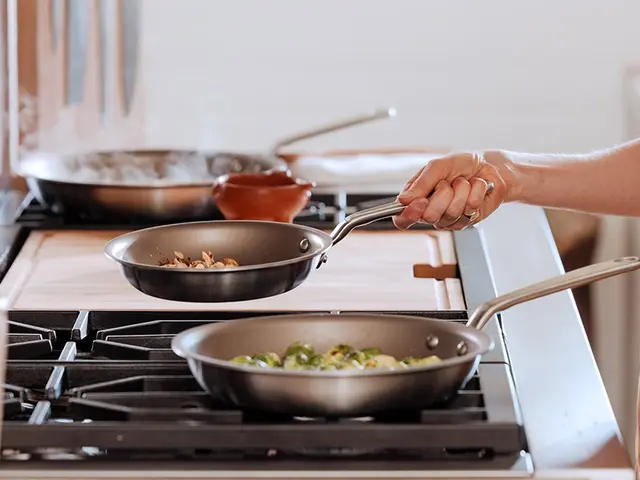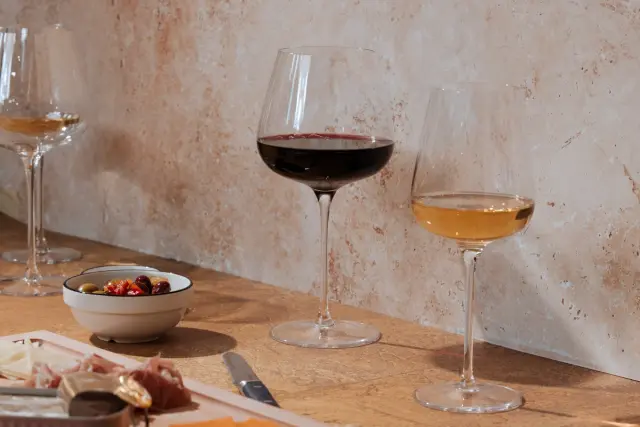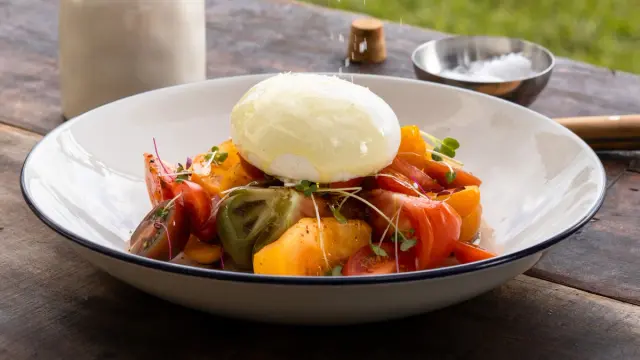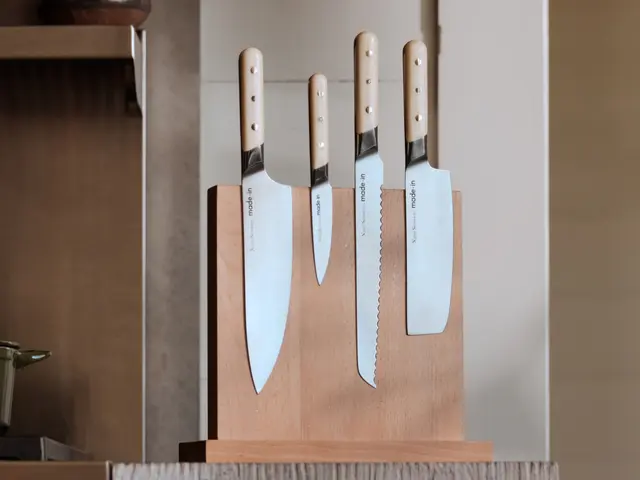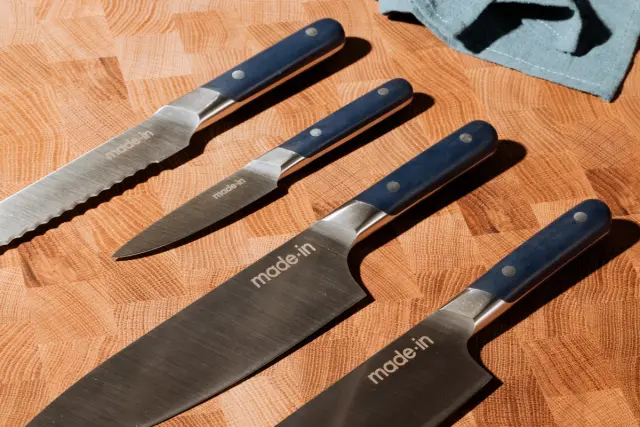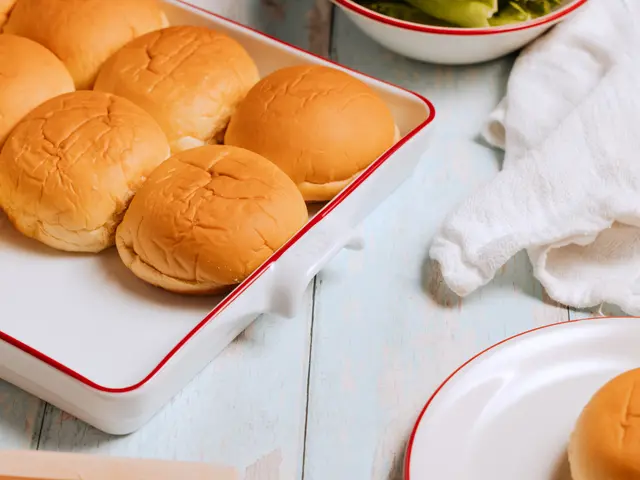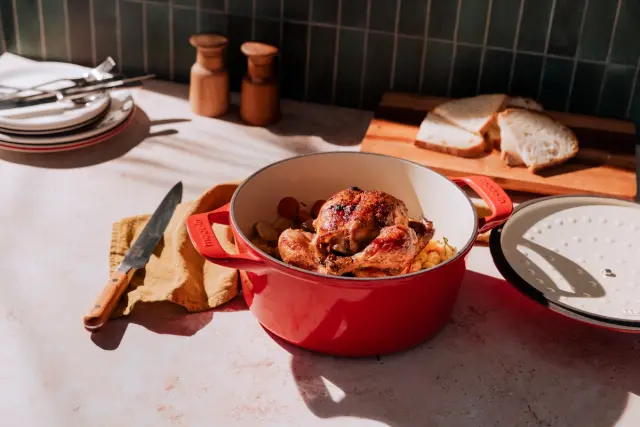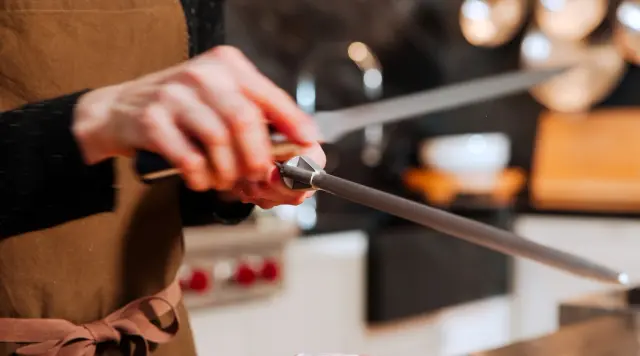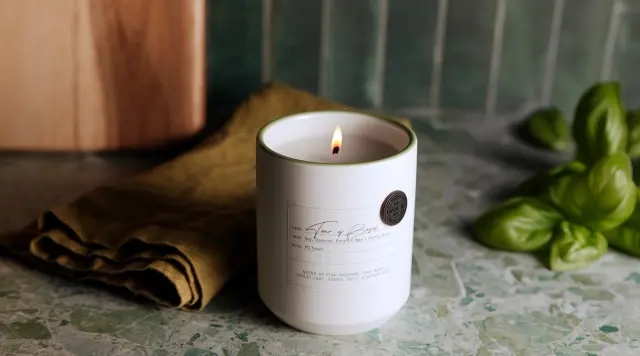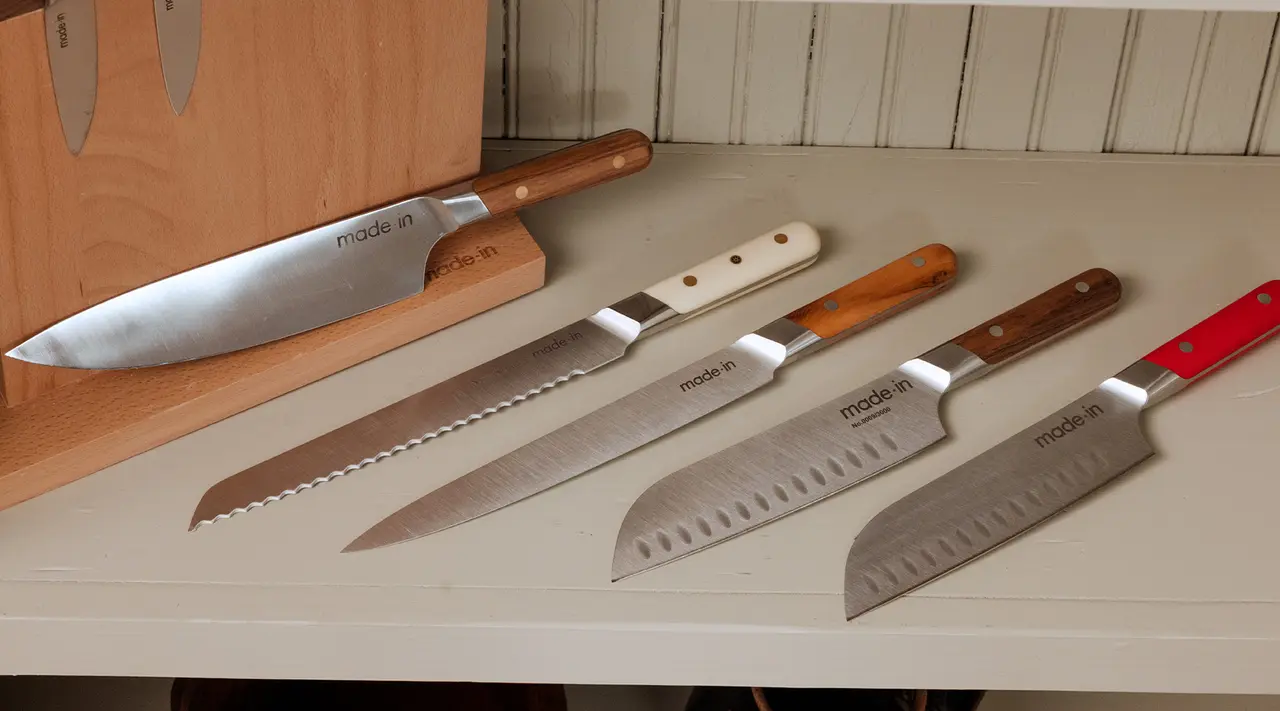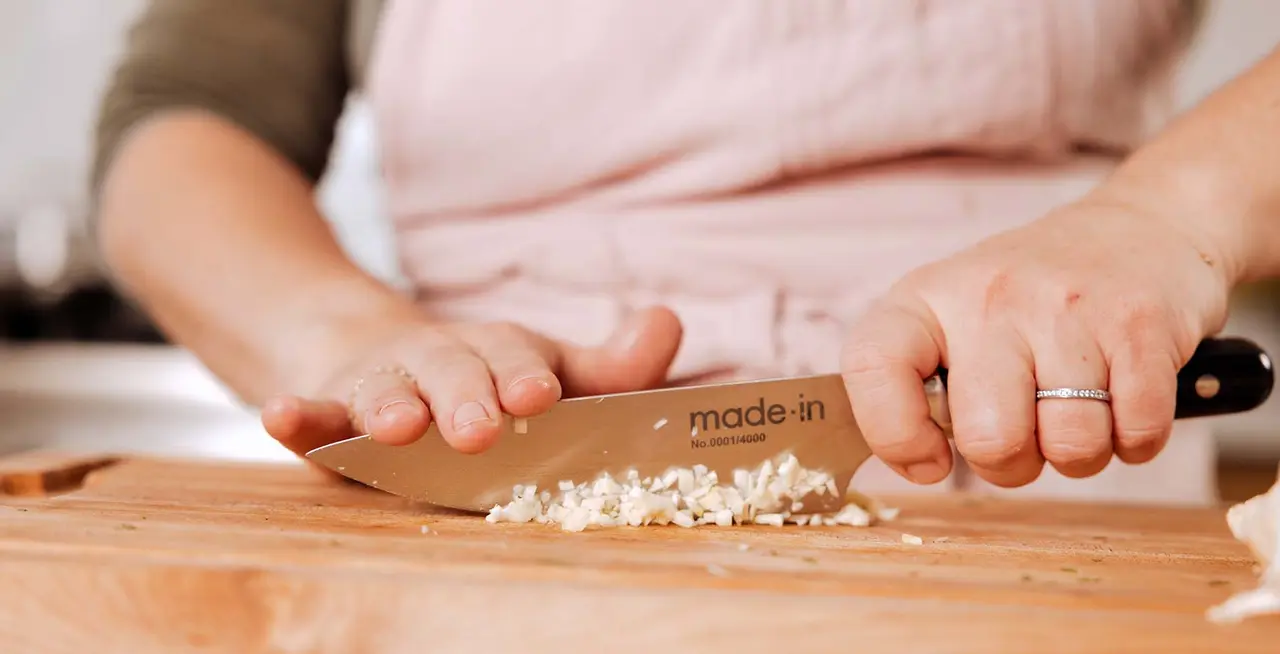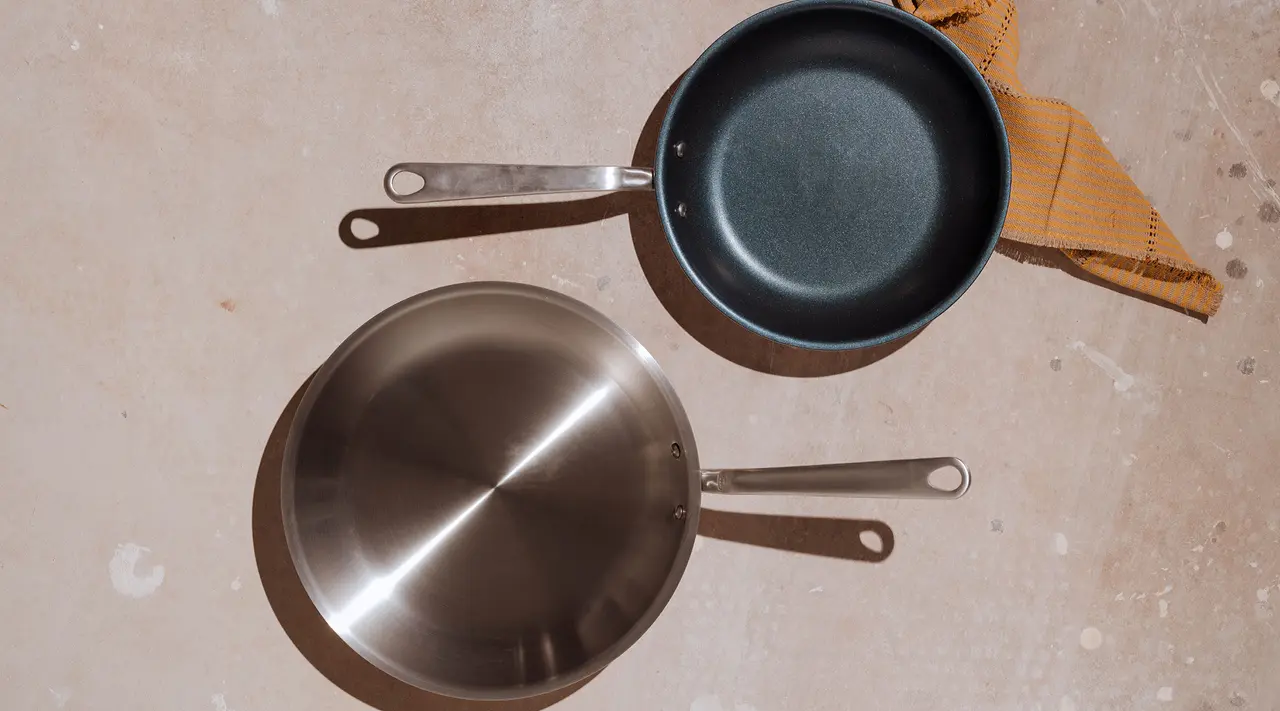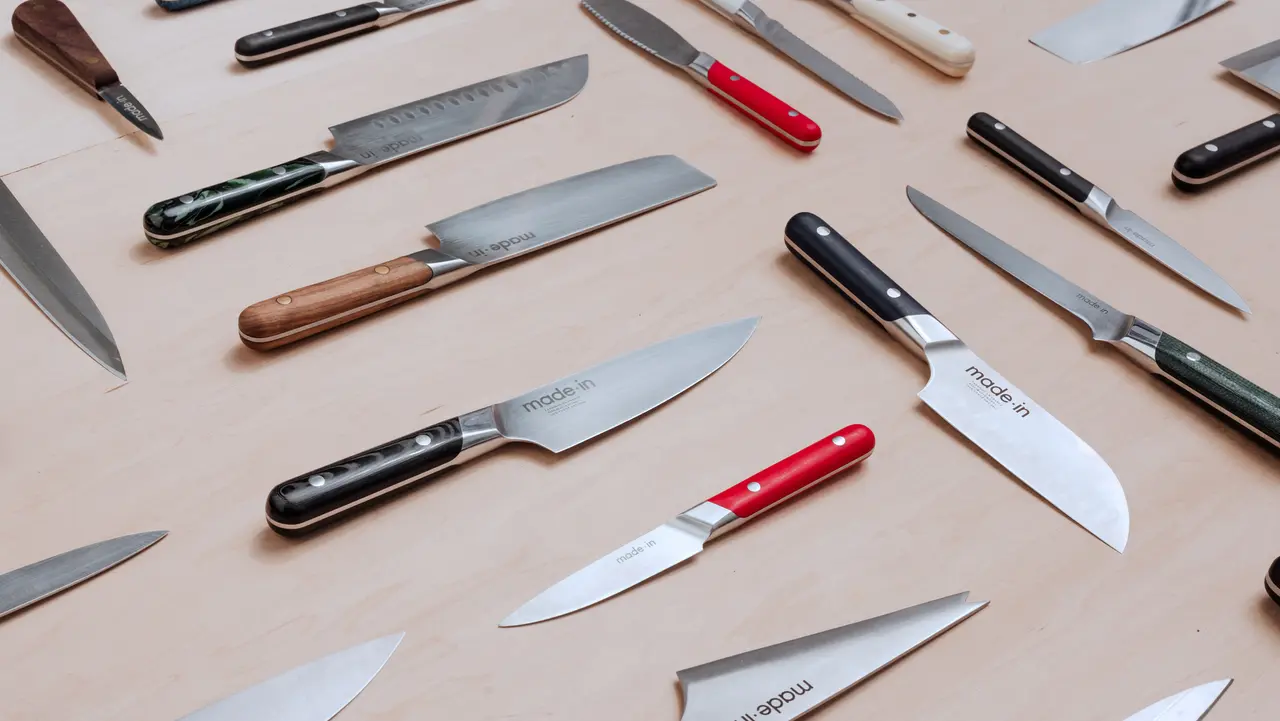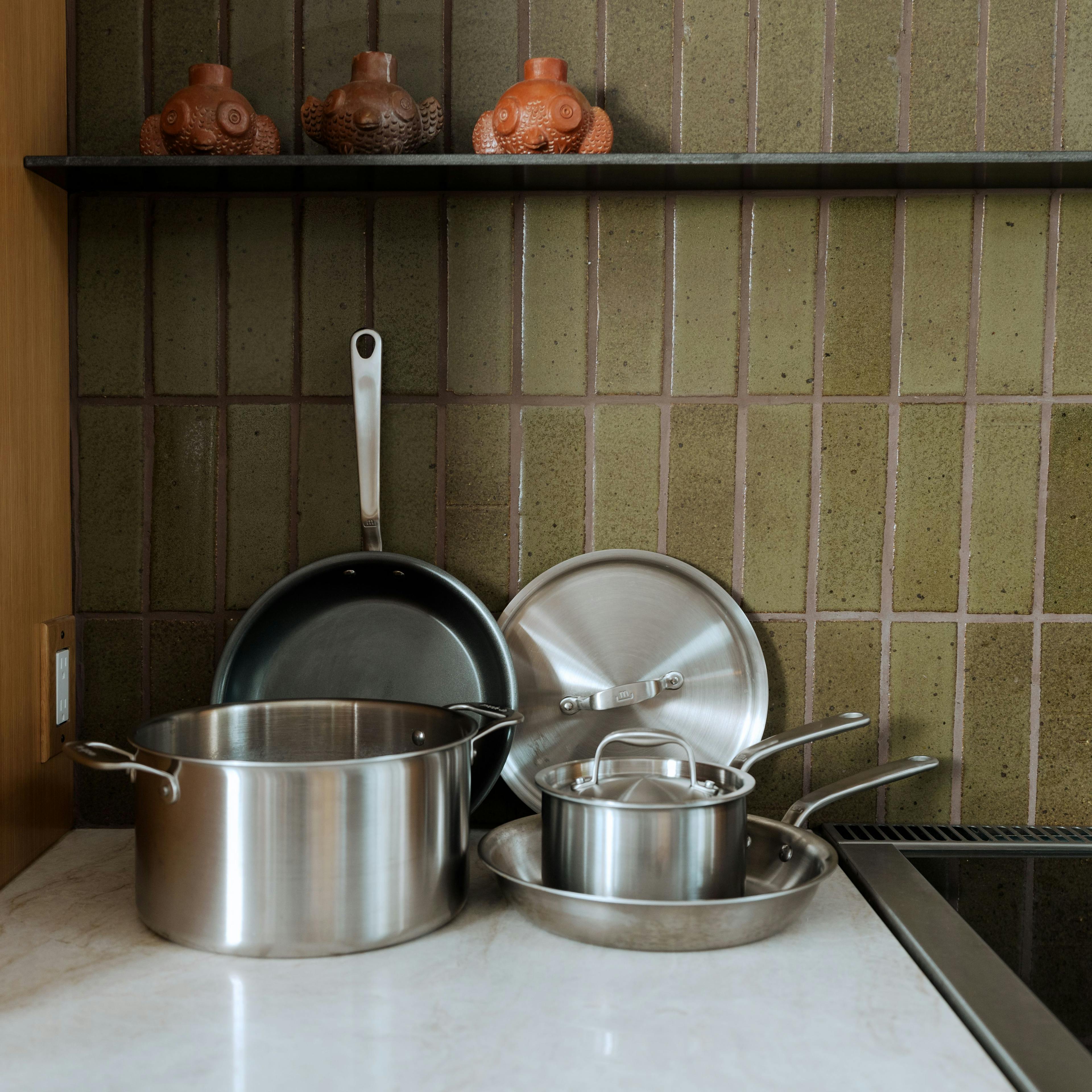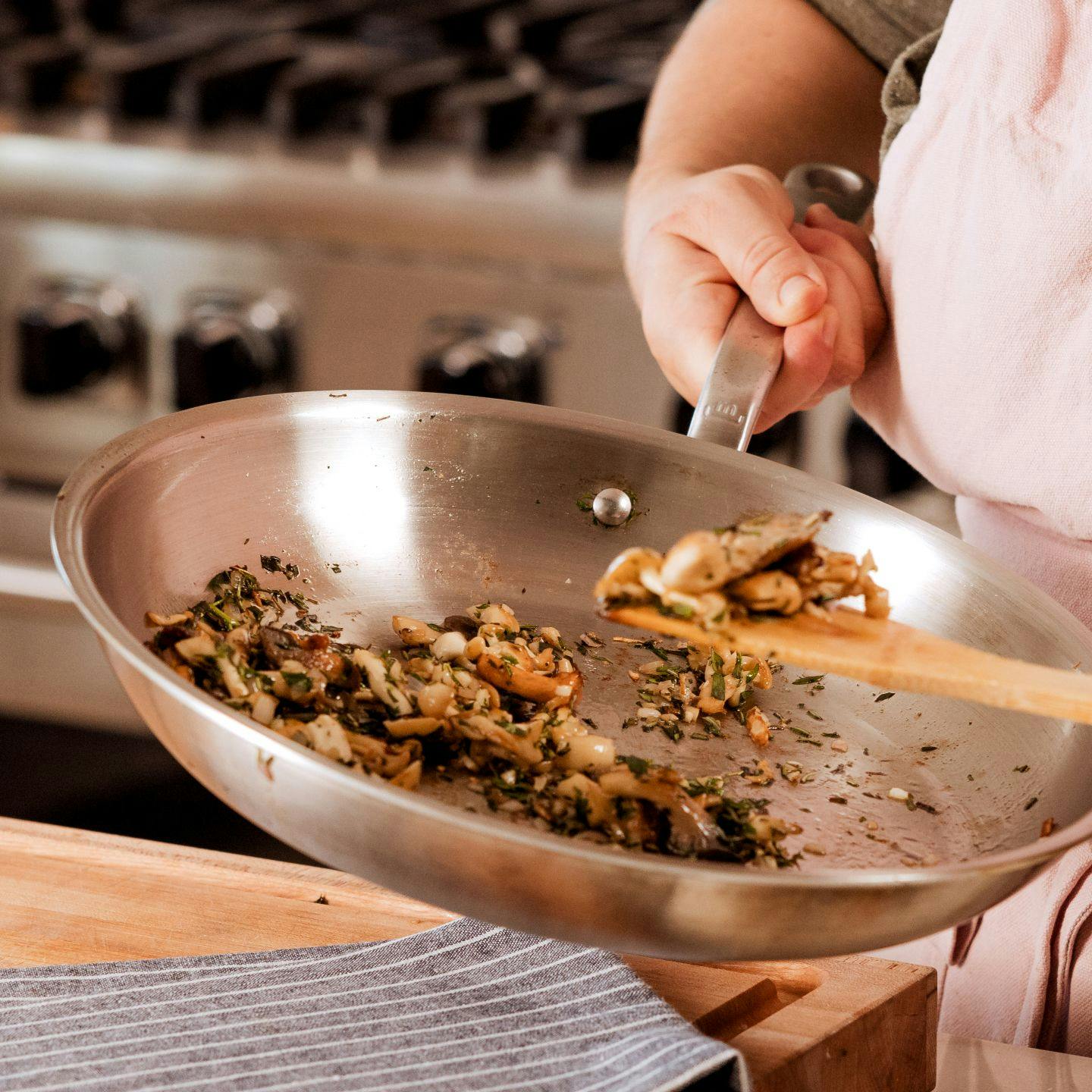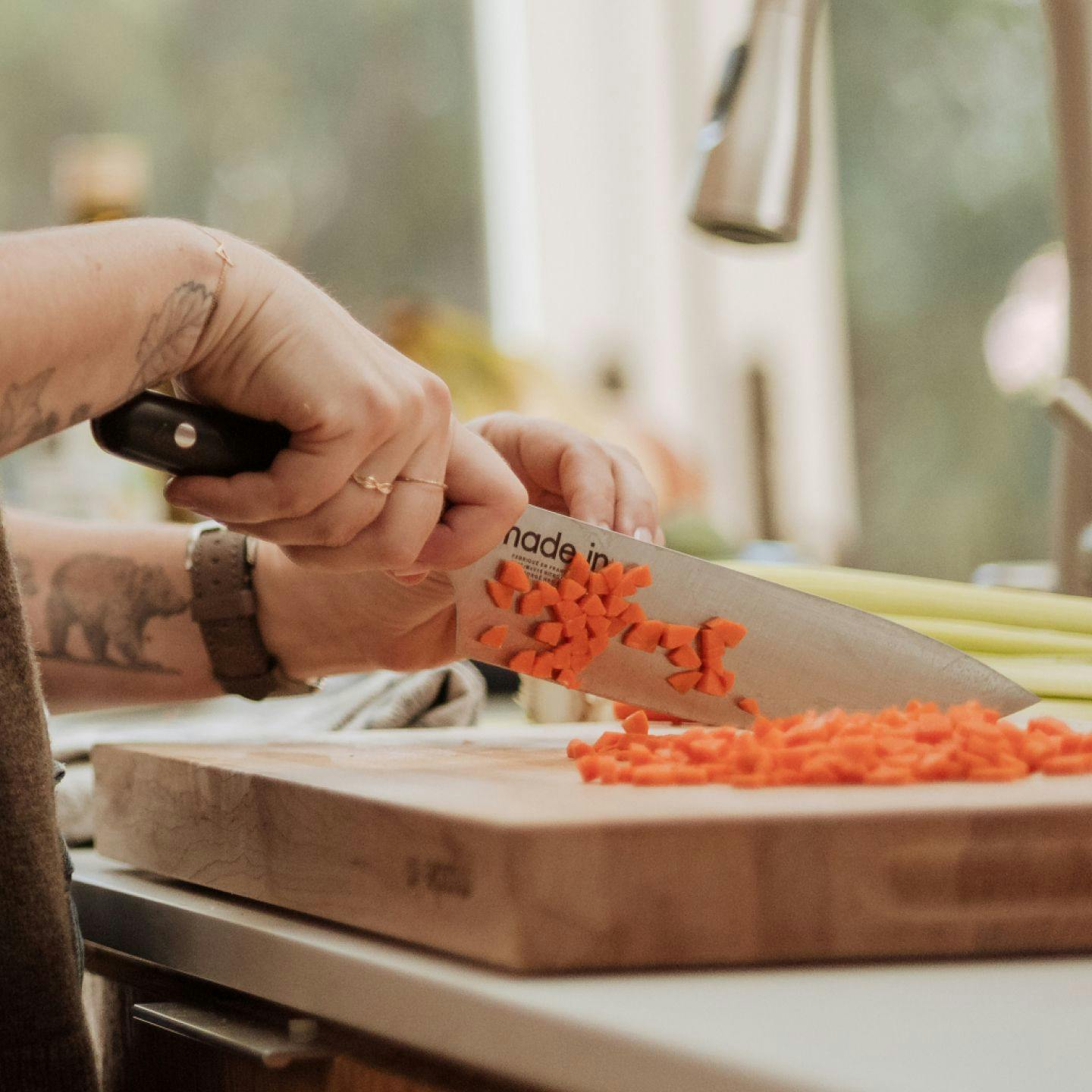With so many materials, sizes, and shapes available, it’s easy to confuse different styles of cookware and determine when to reach for each one. Two kitchen staples—saute pans and saucepans—are no different, with many confusing the two because of their similar names, sizes, and overlap in functionality. We’re here to provide some clarity into the similarities, differences, and uses of each tool.
Understanding Saute Pans
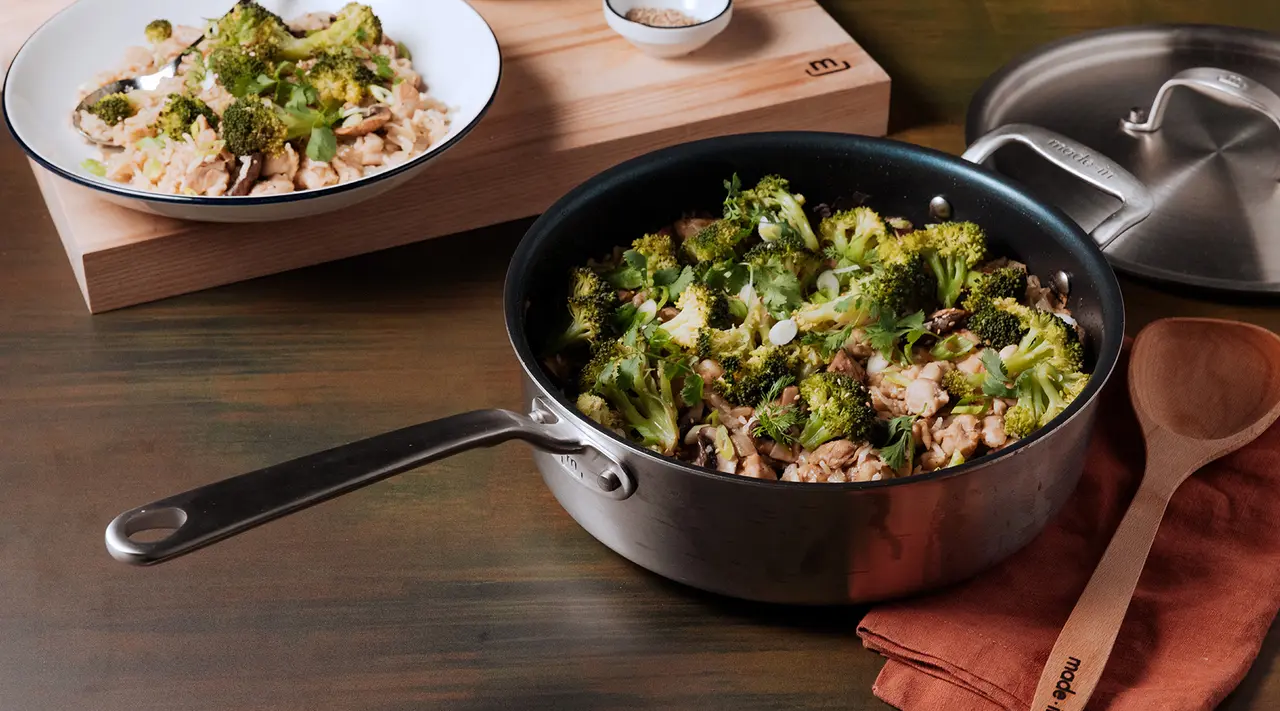
With a large cooking surface and shallow walls, saute pans are staples in professional and home kitchens due to their incredible versatility and ease of use. They’re similar in shape to a frying pan, but with a larger volume, perpendicular sides, slightly more depth, and (usually) a tight-fitting lid. Saute pans typically range in size from 3 to 6 QTs—ours comes in at 3.5QT, which we've found to perfectly suit professional and home chefs alike.
Saute pans are typically available in a variety of different materials, including stainless and non stick varieties.
When to Use a Saute Pan
Saute pans are ideal for large-batch cooking and building flavor early on in liquid-based dishes like soup, chili, and braises. They are renowned for their functionality in the kitchen for a wide range of techniques; like shallow-frying green tomatoes, searing skin-on-fish, and (as the name suggests) sautéing vegetables for ratatouille.
A saute pan that's oven-safe—something we think is an essential for this shape—unlocks a range of stove-to-oven meals, reverse sears, or just the ability to keep your food warm until it's time to eat. Our Stainless Clad and Non Stick Saute Pans are oven safe to 800 and 500F, respectively, and provide the perfect foundation for slow braises, long roasts, and everything in between.
Understanding Saucepans

Saucepans feature high, straight walls, a narrow body, flat bottom, and tight-fitting lid. This shape makes it the ideal tool for any variety of liquid cooking, like building a black bean garlic sauce, poaching eggs, making rice pudding, or even quick pickling.
Saucepans are constructed from a variety of materials, including stainless steel, copper, and non stick; and come in a similar variety of sizes. Typically, saucepans will be available in as small as 1 QT to 4 QTs or larger.
Saucepans typically feature a smaller cooking surface area than a saute pan. For reference, the cooking surface diameter of our 3.5 QT Saute Pan is 9.5", while the cooking surface diameter on our largest 4 QT Saucepan is 7.5".
When to Use a Saucepan
Saucepans are best used while cooking liquids because of their ability to heat evenly and handle large volumes.
Therefore, these pans are best used for boiling water, making soups, assembling sauces, and cooking grains or legumes. Their higher walls and tight-fitting lid slow the rate of evaporation, so they’re a great choice for dishes intended to be liquid-based.
Saute Pan vs. Saucepan: Which One Do You Need?

We like to think of saute pans and saucepans as teammates rather than competitors. The distinct shapes of each tool set them—and their ideal uses—apart.
Saucepans hold volume upward, while saute pans hold volume outward. This makes saucepans better for entirely liquid-based cooking (like sauces) since it’s heated on all sides, while saute pans are better for quickly searing and sautéeing.
The two pieces often work in tandem to create popular dishes, such as Shrimp Pad Thai or Chicken and Sausage Gumbo—therefore, we recommend having both tools at your disposal.
Ready to Cook?
While saucepans and saute pans have similar functions, each tool is shaped slightly differently to accomplish unique tasks while cooking. If you’re looking to replace or add either piece to your kitchen, we recommend taking a look at our award-winning Stainless Clad and Non Stick Saute Pans and Saucepans to outfit your kitchen with wildly versatile, staple pieces of cookware.
